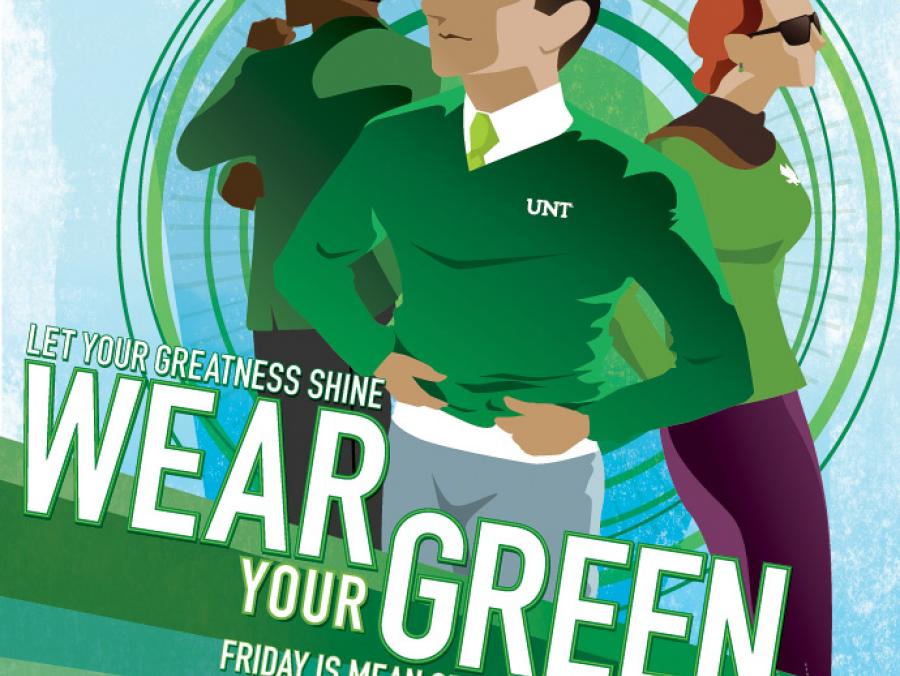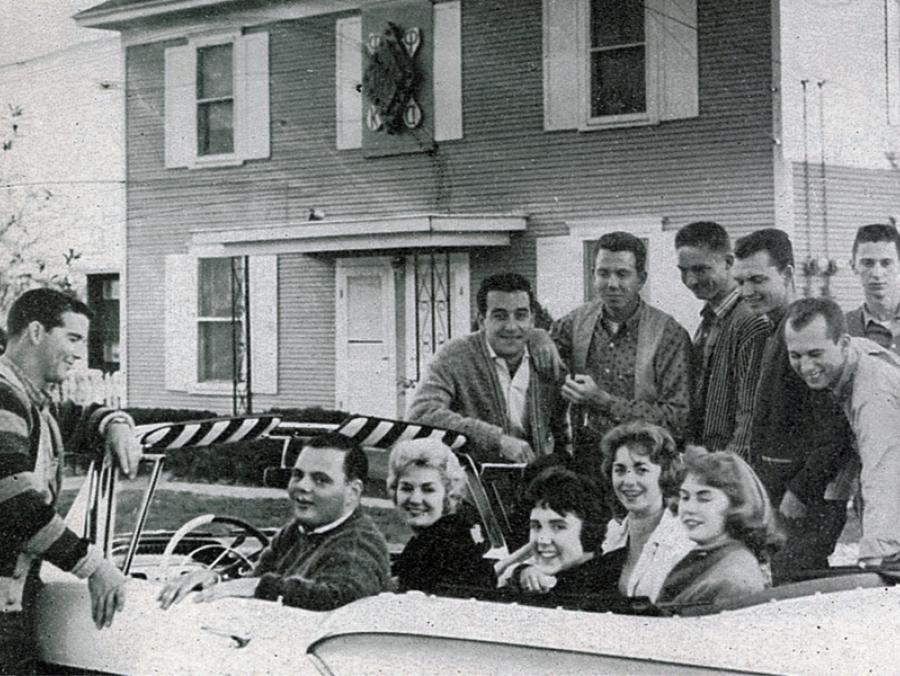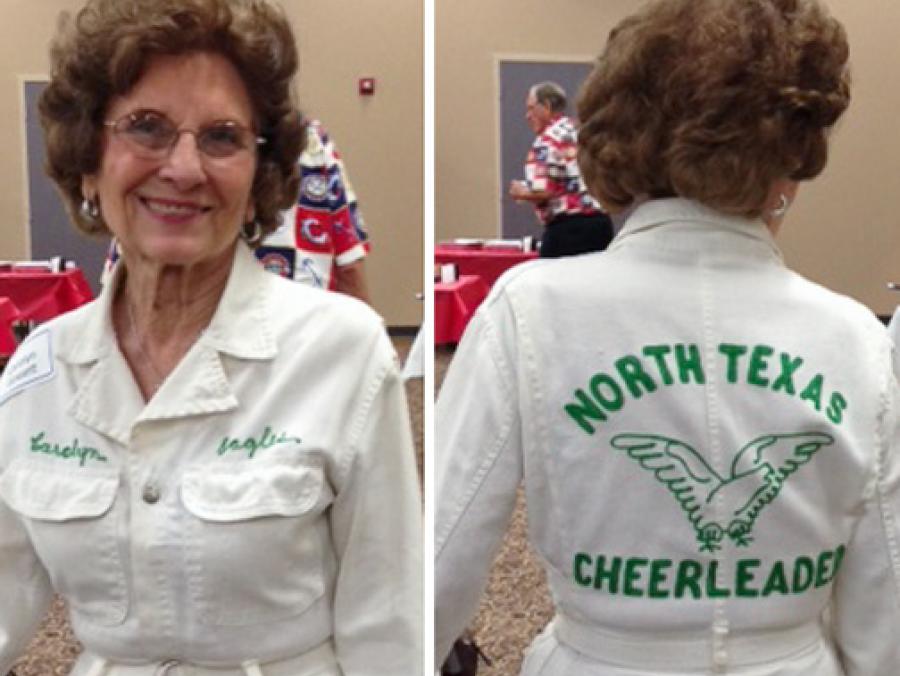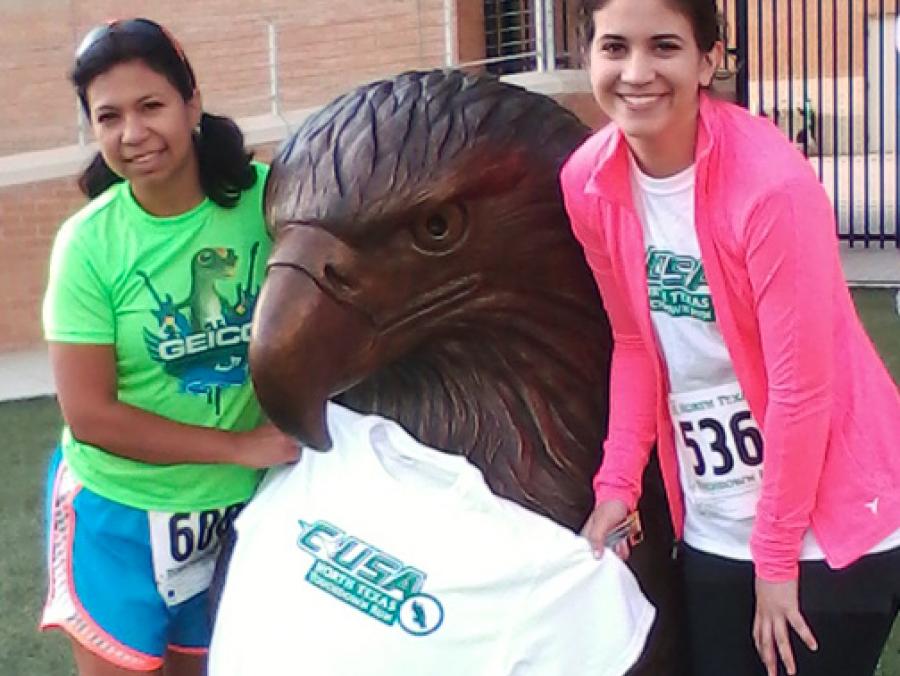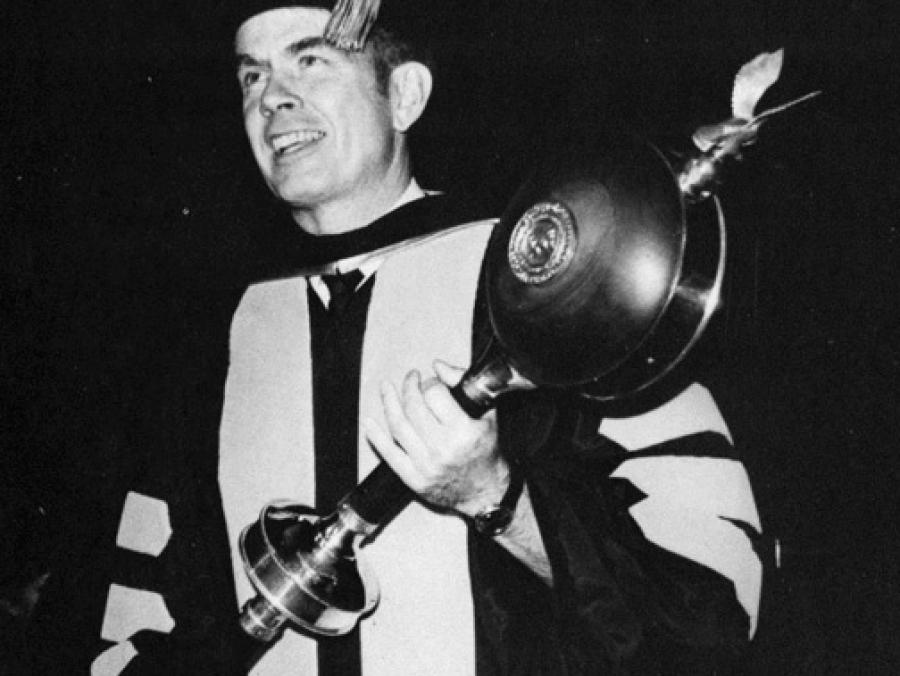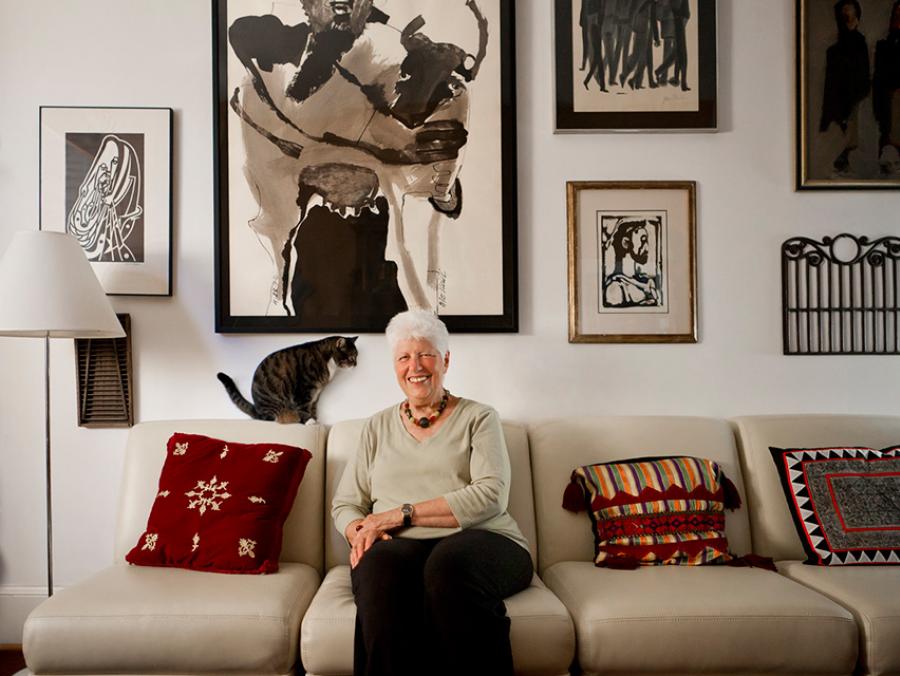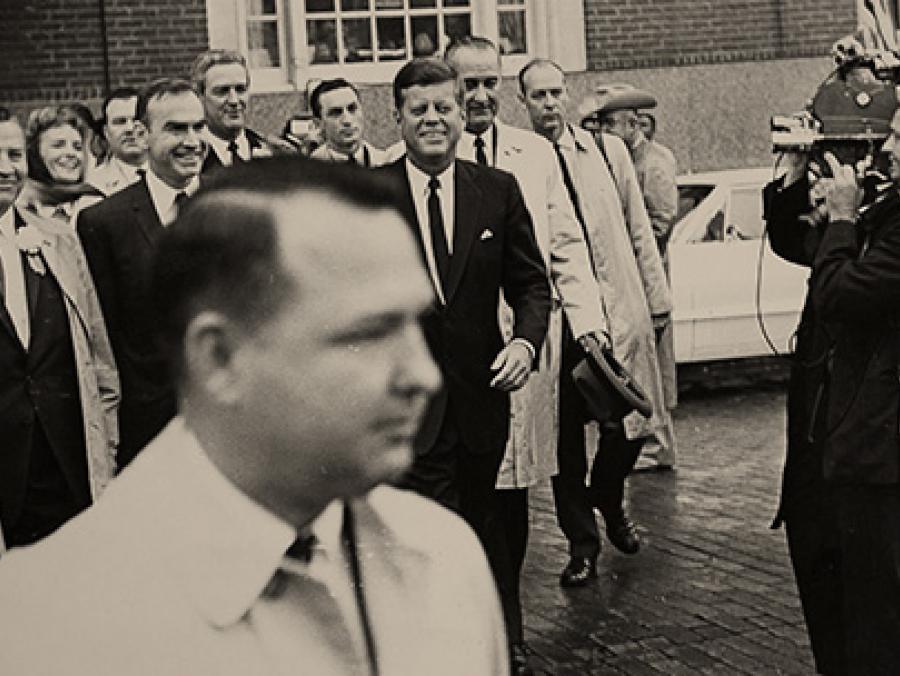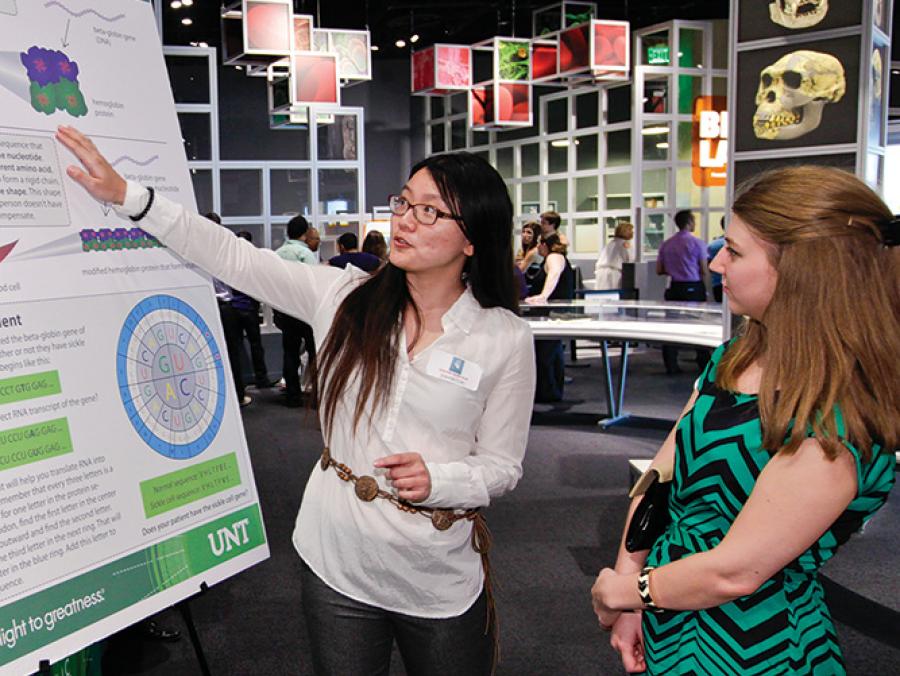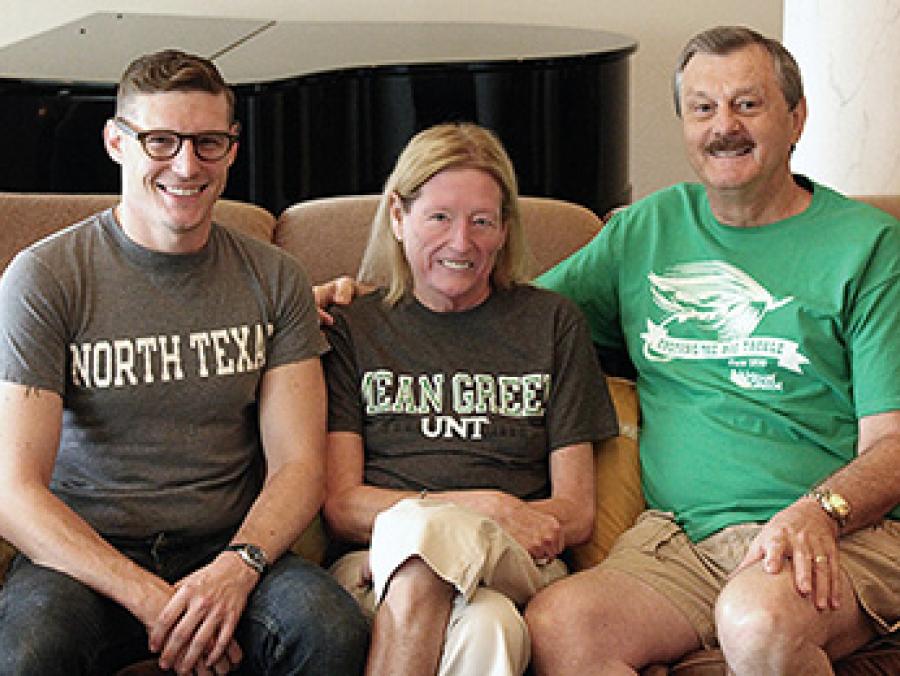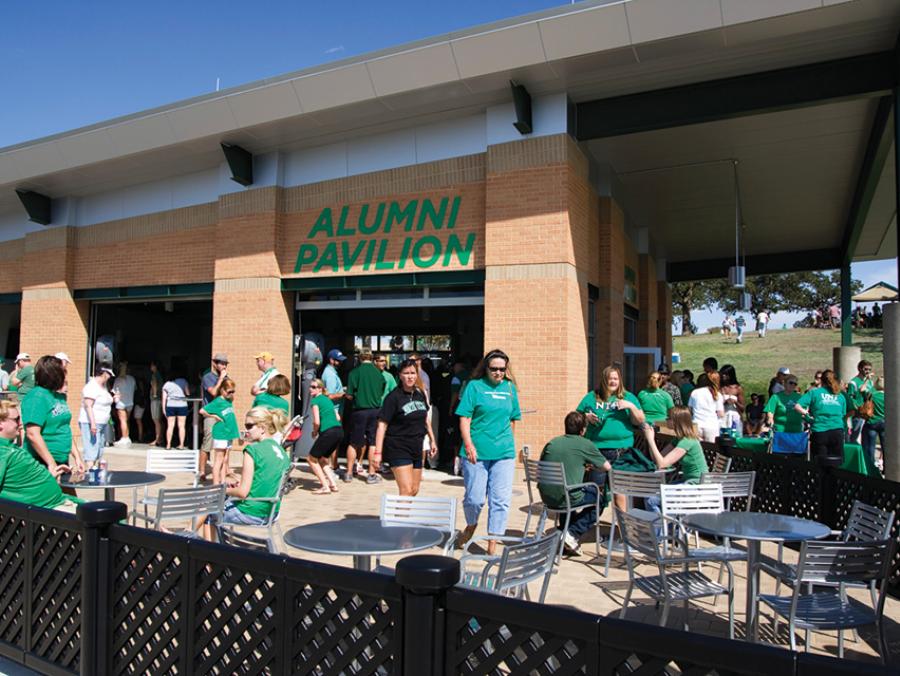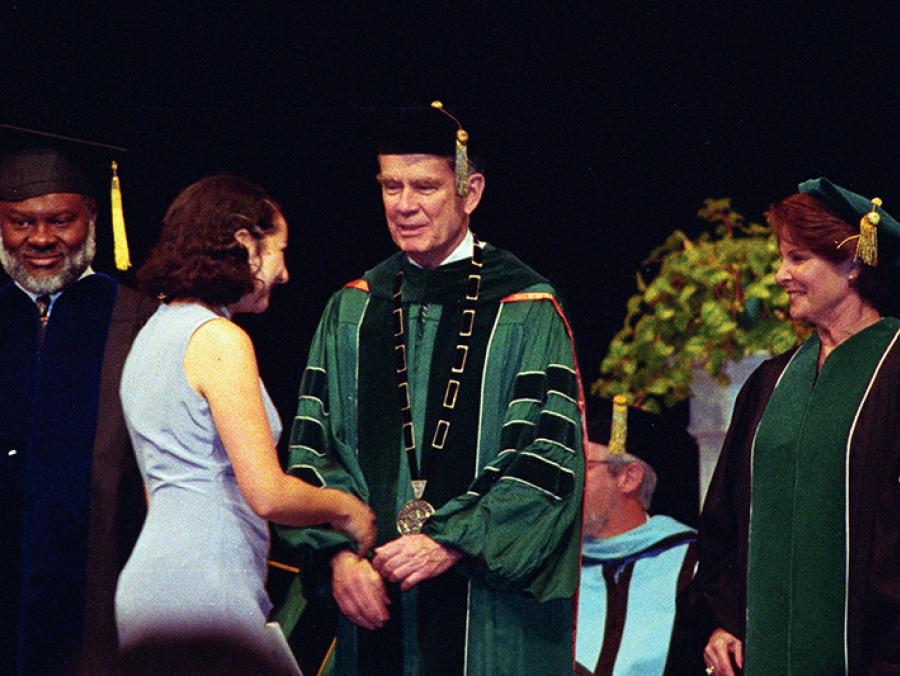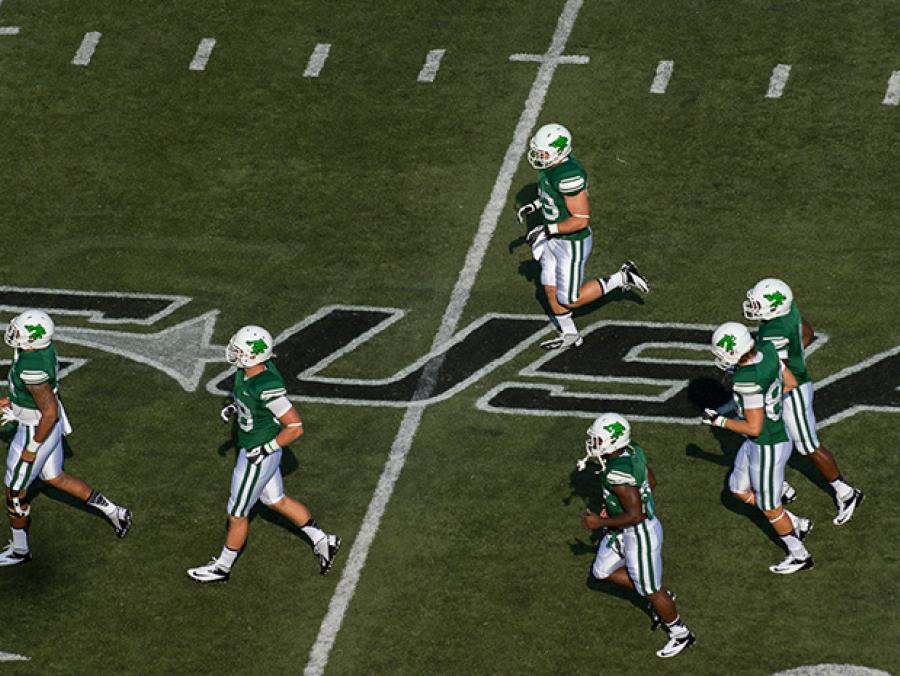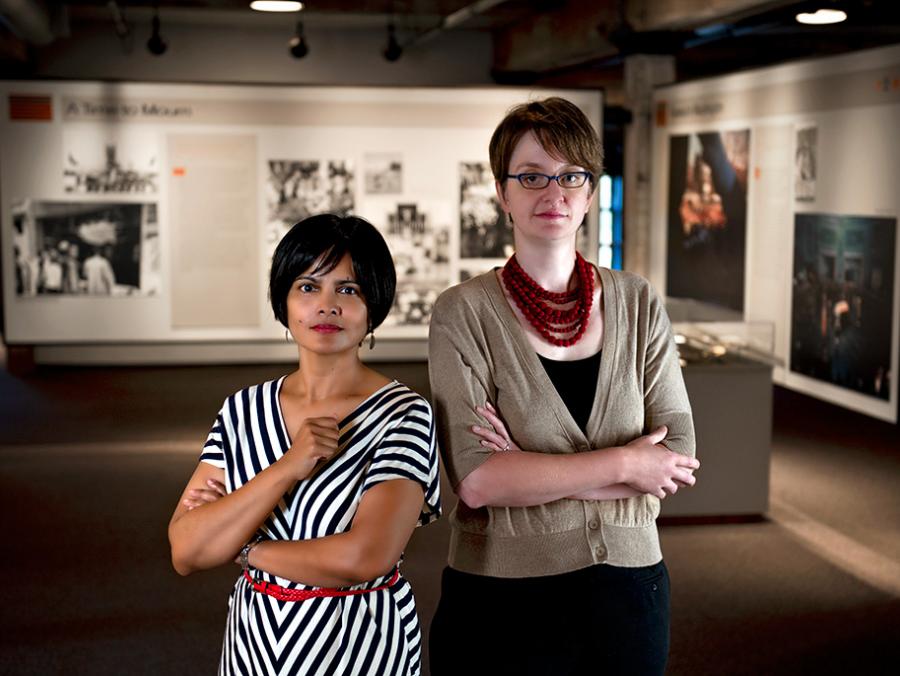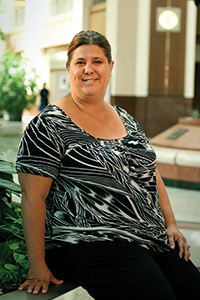 It's the week before your vacation and you need a new pair of chinos. You go to the nearest department store to try on a style you've seen online. But when you're in the dressing room, you decide it's not a great look.
It's the week before your vacation and you need a new pair of chinos. You go to the nearest department store to try on a style you've seen online. But when you're in the dressing room, you decide it's not a great look.
No worries. Just access the store's digital library on the dressing room's computer screen — which looks like a mirror, but isn't. By pointing to an item and waving at your image on the screen, you can "try" on another style or color without changing clothes again. Using the store's digital body scanner, you also can determine that a different size fits better and check the library to see if it's available in the store, without hunting through racks of pants. Learning that the size isn't there in the color you want, you access one of the store's iPad kiosks and place your order.
This shopping technology is beginning to appear in the industry. Melany Christensen ('94, '01 M.B.A.), senior digital product manager for J.C. Penney Co., is among the UNT alumni designing or redesigning websites and digital libraries to allow customers to more easily shop in-store and online with state-of-the-art technologies.
Christensen has worked in digital merchandising — the use of websites and other digital sources to promote and sell products and services — for 13 years. She's also an adjunct instructor for UNT's bachelor's degree program in digital retailing, offered through the College of Merchandising, Hospitality and Tourism, and is helping her students learn about consumer shopping behaviors.
"I love both the customer experience and the technology aspects of digital retail," she says. "The technology is constantly changing, but the customer must continue to come first."
More on digital retailing
Industry leaders
UNT was the first university in the U.S. to offer an undergraduate degree in the field when the program was established in 2002 as the electronic merchandising bachelor's degree. The college changed the name to digital retailing in 2010 based on a recommendation from Richard Last, then a member of the college's Merchandising Board of Governors and now the director of UNT's digital retailing program. Shop.org, the digital division of the National Retail Federation, was the first to replace "e-merchandising" and "e-commerce" with "digital retailing," says Last, who helped to launch jcp.com in 1994 and was the board chair of Shop.org.
Forester Research, a leading retail research firm, predicts that online sales will reach $248.7 billion in the U.S., or about 8 percent of all retail sales, by 2014. To keep online sales profitable, retailers need employees with specialized training in merchandising, consumer behavior, marketing and social media as well as website creation skills, Last says.
"There has been a lack of entry-level talent in the field," Last says. "UNT graduates bring something unique to companies because they are well rounded."
Digital retailing is among the fastest growing majors at UNT, growing five-fold since 2010. Through the interdisciplinary program, UNT's students take courses not only in the College of Merchandising, Hospitality and Tourism, but also in the Frank W. and Sue Mayborn School of Journalism and the College of Business, learning how to apply merchandising, logistics and advertising practices of traditional brick and mortar stores to the web. They also learn about consumer behaviors and opportunities to drive in-store shopping experiences using digital retail techniques.
Customers' needs
Christensen uses jcp.com's website as a teaching tool with her students to explain that it is "the largest store in the company."
"Online stores are very different businesses from traditional stores," she says. "There's unlimited room to display the merchandise, so more specialty sizes are available online, and the stores are open 24 hours and include advertising and more promotions. For that reason, you must understand how the customers use the website, and then respond to their needs."
Many merchandising majors also take digital retailing courses, and students in both majors must complete at least 300 hours in an internship. Last says the requirement provides real-world experiences for the students and also has resulted in employers contacting the college directly to offer internships.
"It's convenient for employers to have a source like UNT," Last says.
 Ashli White's ('12) internship with the Allen office of PFSweb, which provides digital retailing and other services to more than 60 of the world's leading brands such as Lucky Brand Jeans and L'Oreal, led to her being hired as an online merchandising analyst after graduation. She recently joined jcp.com and says the courses she took for her merchandising degree, including Last's introduction to digital retailing, "helped me to understand consumer behavior in the different shopping channels," including smartphones, iPads and other mobile technology.
Ashli White's ('12) internship with the Allen office of PFSweb, which provides digital retailing and other services to more than 60 of the world's leading brands such as Lucky Brand Jeans and L'Oreal, led to her being hired as an online merchandising analyst after graduation. She recently joined jcp.com and says the courses she took for her merchandising degree, including Last's introduction to digital retailing, "helped me to understand consumer behavior in the different shopping channels," including smartphones, iPads and other mobile technology.
"I look at customer reviews and information about the products and the company branding," says White. "And I evaluate customer behaviors, such as where customers click on a website, how much time they spend on each page and how they respond to online promotions even when they're not buying anything."
Science of buying
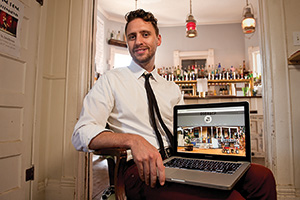 Like White, Cody Sharp ('11) was hired after completing an internship. Now as team lead for Globe Runner SEO in Lewisville, he provides search engine optimization and other digital retailing services for clients. He says organizing products in an online store isn't much different than in a brick and mortar store -- but getting the online stores in front of potential customers is a challenge.
Like White, Cody Sharp ('11) was hired after completing an internship. Now as team lead for Globe Runner SEO in Lewisville, he provides search engine optimization and other digital retailing services for clients. He says organizing products in an online store isn't much different than in a brick and mortar store -- but getting the online stores in front of potential customers is a challenge.
"I research the number of hits for websites and how specific keywords can increase the ranking in search engine results," Sharp says. "Digital retailing is still fairly new, and many companies don't know how to establish their presence."
Shannon Sneed's ('13) connection as a UNT student also paid off. She recently was hired as an assistant digital merchandiser for Sheplers Western Wear after completing a two-semester internship there. In 2012, she created a multichannel marketing campaign to promote Sheplers' sponsorship of the Wrangler National Finals Rodeo and managed other promotions. Recently, she developed boot size guides in several areas of Sheplers' website, keeping her customers top of mind.
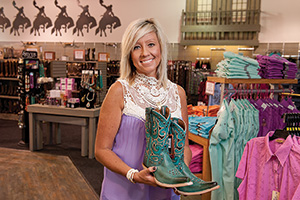 "Our feedback from customers, including negative feedback," Sneed says, "helps to shape the website shopping experience."
"Our feedback from customers, including negative feedback," Sneed says, "helps to shape the website shopping experience."
Jayla Moore Grigsby ('12), White's colleague at jcp.com, notes that in the future, the gaps between online and brick and mortar stores will become increasingly blurred as retailers include more technology in their stores and customers rely more on mobile applications.
"Digital retail is portable, convenient and limitless," she says. "With mobile phones and iPads, you can pull up a website for the right size before you go to the store or check on online stock while you're in a physical store."
White calls digital retailing "surefire for retailers" because of the limitless options for the consumer through advancing technologies, and she says she loves the challenge of a growing industry.
"As long as we remember those who will use the technology — the customers — we can take risks and be innovative," she says.
Sharp agrees.
"I never imagined," he says, "that I'd make a career out of playing on the Internet."
Global digital retailing research center
This spring, the College of Merchandising, Hospitality and Tourism opened UNT's new Global Digital Retailing Research Center, the first interdisciplinary center in the U.S. with a complete focus on digital retailing as a research hub and resource for industry. Through its Digital Executive Education Program, or DEEP, the center has started workshops covering online consumer experiences, branding in digital retailing and other topics for executives of companies around the world. Bringing together industry professionals and academics, the center will offer competitive industry-financed grants for faculty and student research and testing of online stores, social media websites, smartphone applications and other technology. The center also hosts student educational events, such as the Executive + Scholar Lecture Series, launched in September.
The center houses UNT's Consumer Experiences in Digital Environments research cluster, in which faculty members in different disciplines focus on digital knowledge and analytics, networked information and retrieval, international retailing, consumer behavior and other topics. Researchers will test websites, social media and other technology.
College Dean Judith Forney compares the evolution of digital retailing to the industrial revolution of the 19th century, and says that UNT is helping to lead the way.
"The difference in the digital revolution is its speed of change, global impact and the unprecedented economic and social power of consumers in the marketplace," she says. "Our industry partners seek out graduates of our digital retailing programs because they are unique in their analytical skills for online merchandising, understand the big picture of digital retailing and can identify problems and find solutions."




